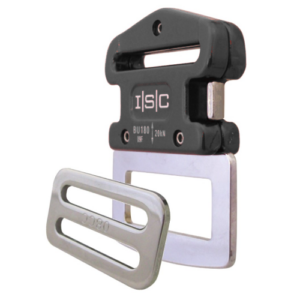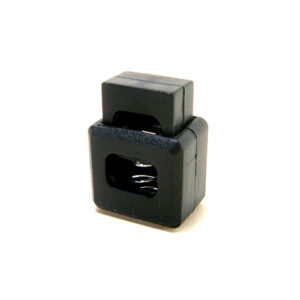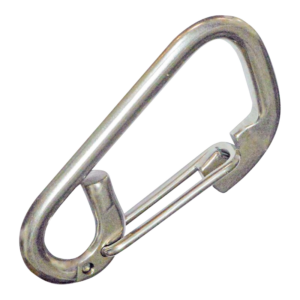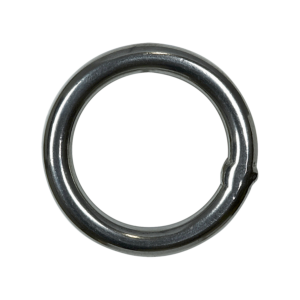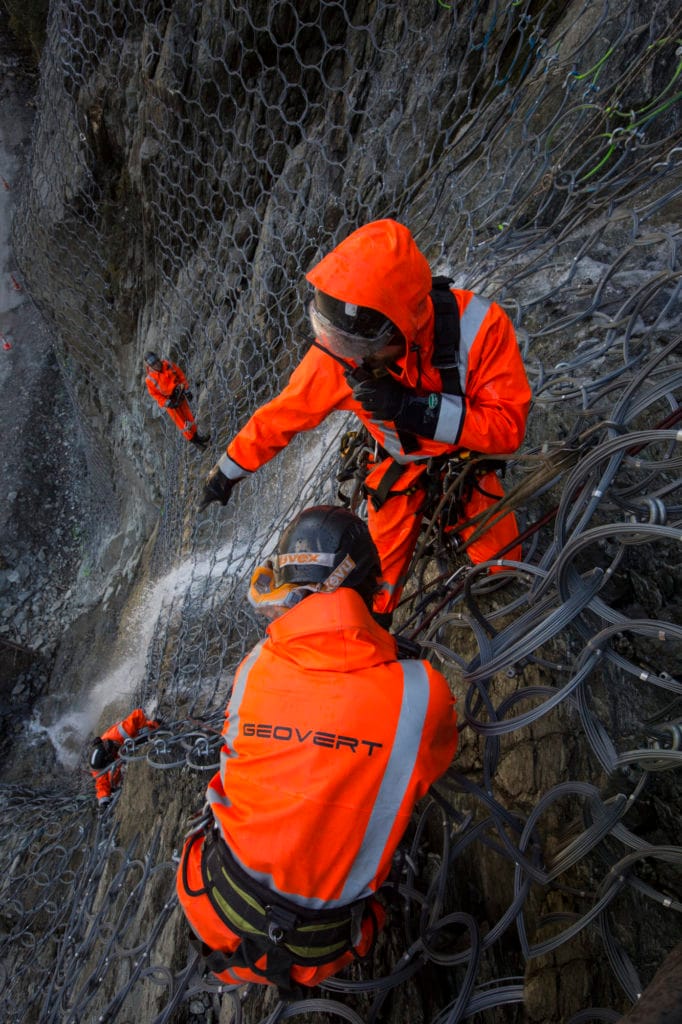Height Safety
Working at Height Basic Principles
Height safety is an essential part of ensuring that workers are protected from falls and injuries that can occur when working at heights. Whether you work in construction, maintenance, or any other industry where working at heights is a part of the job, understanding the principles of height safety is crucial. Here are eight key principles that you need to know to maintain height safety.
The first principle of height safety is that you should always be aware of the hazards associated with working at heights. Before starting any work, you should assess the risks involved and take appropriate measures to ensure your safety. This may include wearing personal protective equipment (PPE), such as harnesses, helmets, and safety glasses.
The second principle of height safety is that you should always use the correct equipment for the job. There are many types of equipment available for working at heights, such as ladders, scaffolding, and mobile elevated work platforms (MEWPs). You should choose the equipment that is best suited to your needs and ensure that it is in good working condition.
The third principle of height safety is that you should always follow the manufacturer’s instructions when using equipment. This includes inspecting the equipment before use, using it in the correct manner, and storing it properly after use. Failure to follow these instructions can result in accidents and injuries.
The fourth principle of height safety is that you should always ensure that your work area is safe and secure. This includes checking that the surface you are working on is stable, that there are no obstructions that could cause you to trip or fall, and that there is adequate lighting to see what you are doing.
The fifth principle of height safety is that you should always use a fall protection system when working at heights. This includes using harnesses and lanyards that are anchored to a secure point, such as a scaffold or building structure. A fall protection system is essential for preventing falls and minimizing the risk of injury.
The sixth principle of height safety is that you should always be properly trained and qualified for the job. This includes understanding how to use equipment safely, how to identify and assess hazards, and how to use a fall protection system. Training should be ongoing to ensure that you are up to date with the latest safety practices and regulations.
The seventh principle of height safety is that you should always work with a partner or a team when working at heights. Having someone to assist you can help to ensure that you are safe and can provide support in the event of an emergency. It is important to communicate clearly with your partner or team to ensure that everyone is on the same page.
The eighth principle of height safety is that you should always be vigilant and alert when working at heights. This includes being aware of your surroundings, watching out for hazards, and taking action to prevent accidents before they happen. By staying focused and alert, you can ensure that you stay safe while working at heights.
In conclusion, height safety is a critical aspect of working at heights, and understanding these eight principles is essential for anyone who works in industries where working at heights is a regular part of their job. By following these principles, you can help to ensure that you and your colleagues stay safe and injury-free while working at heights. Here at Aspiring we can set you up with the right gear for the job, we more than welcome questions on our gear and what is most appropriate for you work. Get in touch with us and we will give you the right advice on the gear, from there follow the basic principles and if in doubt seek further advice or training to ensure you, your workers and friends will be safe.














